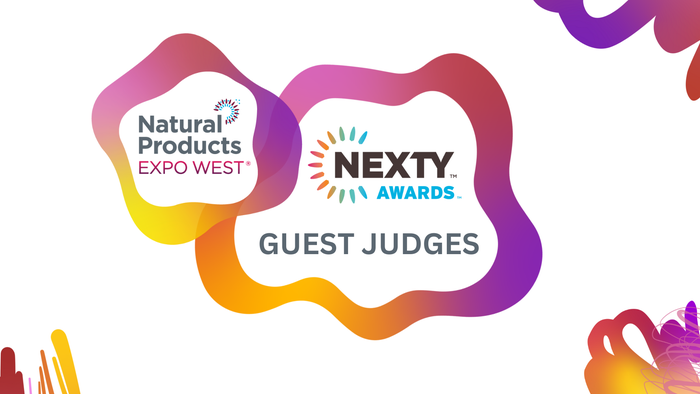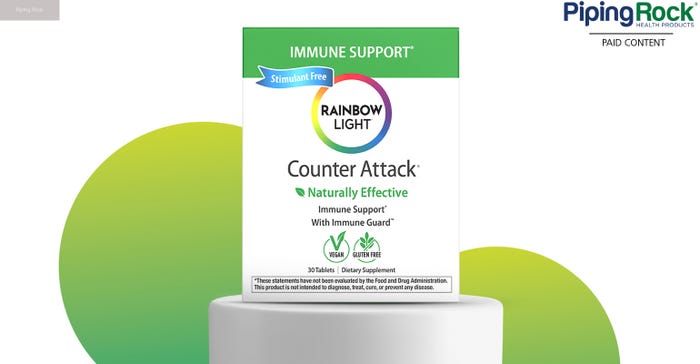What's a convertible note and who's it good for?
This form of financing has faced challenges since its rise in popularity but may still provide opportunities for founders raising capital.
December 14, 2020

When raising money for early stage natural products companies, entrepreneurs have a bevy of funding options. One form of financing that has become particularly popular over the last decade or so is the convertible note, also called convertible debt. With this tool, an investor provides capital to a company in exchange for equity, the amount of which is determined by subsequent events.
The influx of cash acts as a bridge, helping the business operate until a future priced equity round. The note is treated as debt until it converts to equity, which happens automatically once certain conditions are met. The agreed-upon conditions could be a qualified financing event, a nonqualified financing, the company being sold or the note reaching maturity.
“With a convertible note, the entrepreneur is saying ‘we need to raise substantial equity the next round, but we’re not ready yet—we need capital and time,’” says Jeremy Halpern, partner and co-leader of the Food and Beverage Group at Boston-based law firm Nutter McClennen & Fish. “So, instead of pricing bridge money, they tag it to the price of the next money that comes in. In exchange, they give their current investors an interest coupon that’s payable in equity and at a discount against the next price.”
To illustrate, let’s say an entrepreneur accepts $1 million as a convertible note from Investor A. Then, down the road, the company raises $3 million from Investor B in a qualified financing event. At that point, the note will mandatorily convert into equity for Investor A at the price paid by Investor B. Thus, investor A scores equity for a bargain price.
The evolution of notes
When convertible notes first emerged roughly 15 years ago, they were viewed favorably by both investors and startup founders. “Originally, venture capitalists would float founders money after they’d decided to invest but before they’d completed due diligence and crafted the terms of the deal,” Halpern says. “The idea was ‘we know who the next investor will be—us—and we have a sense of what the general pricing will be because, again, it’ll be us. So we’ll give you some money now so you can operate for the next 60 days, then we’ll flip it into our next investment.’”
Entrepreneurs typically loved this plan, says Halpern, because it allowed them to grow their business and net worth before putting a price tag on the company: “They could say ‘now I’m nine months more valuable because I went from local grocery to UNFI’ or ‘I’ve done X, Y or Z to change the perception of my company.’”
However, as the convertible note market matured, early stage investors began realizing they were getting burned. “They figured out that an uncapped note made no sense, so they started doing things to make the whole note pointless,” Halpern explains.
The first thing many investors did, which has now become common practice, is to add a cap to the initial investment, regardless of the price paid by the next investor. Thus, if the first investor offers a convertible note worth $1 million and instills a cap of $3 million, for instance, they get the better of either the percentage or the cap as a return. In this scenario, the company assumes all of the risk, says Halpern. It also enables the investor to get in on the next round at a much lower price than they would’ve paid otherwise.
Along with adding a cap, next-round investors stopped treating convertible notes as if they showed up at the time of the qualified financing close. “Pre-money is the value of the company today; post-money is the value of the company plus the new investment,” Halpern explains. “It used to be that if I had $1 million worth of notes and then raised $3 million, everybody treated it as if the $4 million showed up at closing—like the investor priced the deal at $5 million, new investors came in at $5 million, and the old investors came in at $4 million.”
This stopped being true about two years ago, he notes, when venture investors began thinking more like private-equity investors. Once they started treating notes as pre-money capitalization, it essentially rendered notes pointless. “Now, with a note viewed as a deduction against the equity value, the entrepreneur doesn’t get any freebies,” Halpern says. “That means they have to earn [money] to be back where they started. The founder has to create enough value to race ahead, while the discount, interest and debt itself are sucking them back.”
Are convertible notes ever smart?
Given the changes in how investors view convertible notes, they may not be the great deal they once were—but they’re not obsolete, either. “One big upside of convertible notes is they have low transaction costs—they’re quick and inexpensive,” Halpern says.
They can also be very impactful when first courting capital. “Convertible notes for friends and family rounds make a ton of sense, as you’re not going to negotiate a price with Mom,” Halpern says. “But once you’re hitting numbers where people are going in at more than $500,000 or certainly $1 million, notes work out unfavorably more often than favorably for entrepreneurs.”
When it comes to weighing a convertible note against an equity deal, “if you can do an equity deal at the same price as the cap on a convertible note, always do the equity deal—except if the cost is an issue,” Halpern advises. “If you can raise $1 million at a $4 million valuation, 100% of the time you are better off doing the equity deal.”
About the Author
You May Also Like



